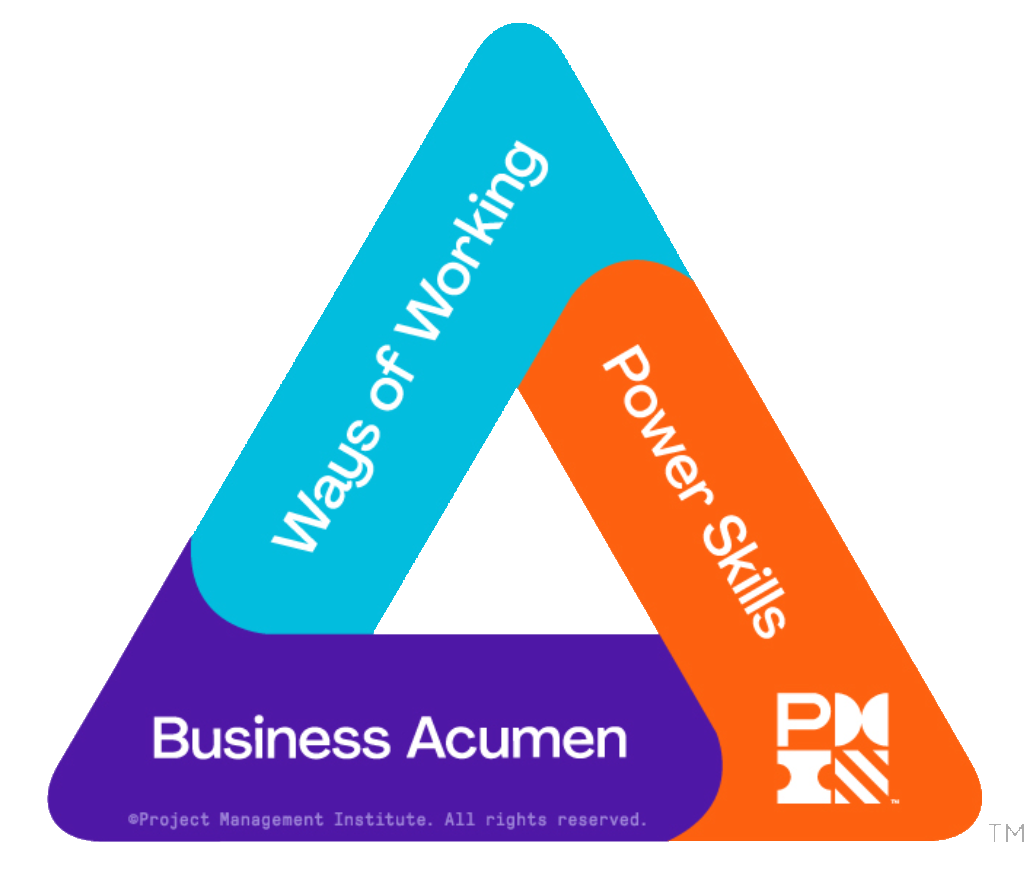Today's competitive business climate requires that managers begin to tap the brain power of all employees. The primary objective of this one-day seminar is to provide managers with the managerial tools for getting empowerment to actually happen.
LEARNING OBJECTIVES
Participants will gain the ability to be able to:
- Define the unique roles
- Through discussion, the participants develop the key role of the middle manager and differentiate the job of the manager from that of subordinate supervisors. They are shown that unless all "players" understand their own unique roles, the whole "team" cannot produce quality results. They then see the usual definition of managing is insufficient to distinguish these crucial differences. The key role of the manager is seen as twofold: getting supervisors to supervise, and to provide the resources and leadership for continuous improvement.
- Understand the dynamics of the supervisor's work environment
- Through a case study, the participants look at the supervisor's total job. The realities of the supervisor's environment are examined by the group with particular emphasis on the pressures and influences created by the boss. The case is designed to demonstrate the magnitude of a supervisor's job and how managers "signal" what they want the supervisor to do versus what they say they want (meetings, memo and formal discussions).
- A recognition of the supervisor's total job, the innumerable pressures from various sources and the influences and pressures exerted by the boss sets the stage for the positive approach to getting supervisors to empower their subordinates.
- Understand the supervisor's role in empowerment
- Empowerment is most often defined as "to give power or authority to; to authorize." Through discussion, the participants come to recognize two realities: rarely, in a business environment, do we suddenly give power or authority to people who for years have been without it; and, if we are going to empower, it must be done gradually and only after some preparation of employees, including those who will grant the power or authority. Participants, through group discussion, define what they'll expect supervisors to do to prepare their workers to receive more power or authority. The next section shows managers how to "cause supervisors to carry out those duties.
- Create the Causal Atmosphere
- This represents the single most powerful tool the manager has for getting results from supervisors. Three types of supervisory atmospheres are presented - discourage, allow and causal. The group is shown how the managers create each type and what they should do, step by step, to generate the Causal Atmosphere. Participants then reinforce their understanding of this tool through the application of the Causal Atmosphere technique in an exercise on empowerment.
- Participants are shown that the Causal Atmosphere technique is really a tool for causing any kind of performance from supervisors whether it be empowerment, improving quality, meeting customer expectations or developing their subordinates.
WHO SHOULD ATTEND
This 1-day workshop is for team leaders, supervisors and managers. This program provides participants with the managerial tools to empower your team members.
PREREQUISITE
This course has no prerequisite.
MATERIALS
You will receive a course binder containing a copy of the presentation slides.
WHAT YOU WILL LEARN
Understanding the process of worker empowerment Differentiating the unique roles of managers and supervisors in the organizational structure The impact "TOTAL ENVIRONMENT" has on supervisory performance How the manager influences the "TOTAL ENVIRONMENT" How to effect changes in the performance of supervisors Organizational and personal survival as seen by supervisors Moving empowerment to the lowest level The key reasons for empowering your first-line supervisors instead of eliminating them The high price managers pay for failing to empower their supervisors The payoff from empowerment How to create and apply the "Causal Atmosphere" Causing empowerment: How to cause empowerment of workers through first-line supervisors Exploring effective leadership |

 The following table provides the breakdown of the professional development units (PDUs) for this course aligned with the PMI Talent TriangleTM.
The following table provides the breakdown of the professional development units (PDUs) for this course aligned with the PMI Talent TriangleTM.